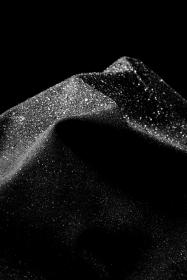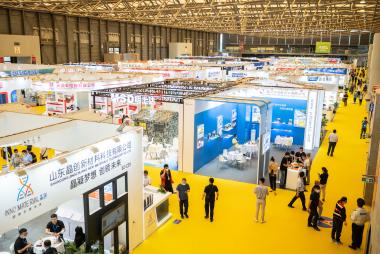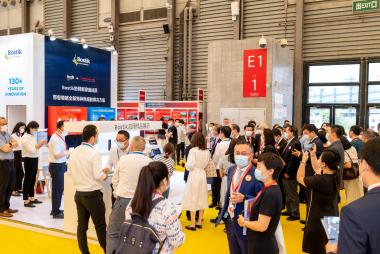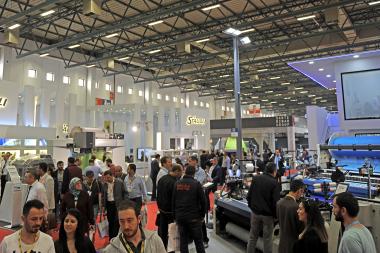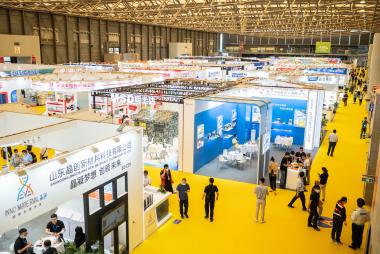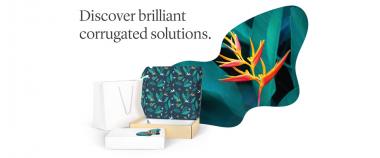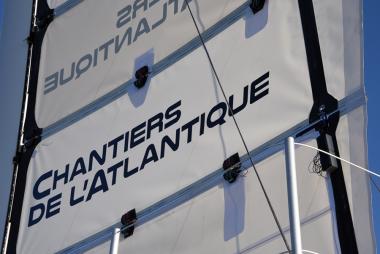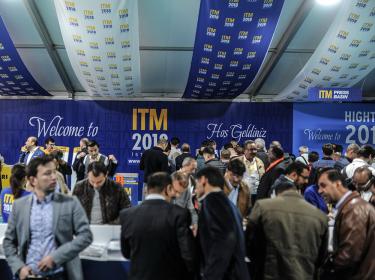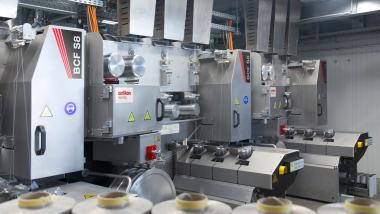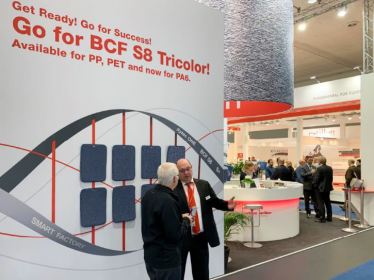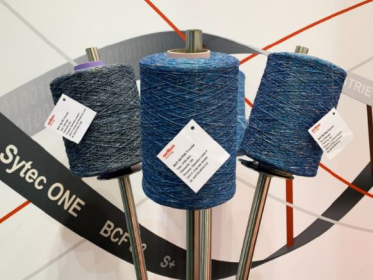adidas: Study on effect of pressure in sports
Under adidas’ ambition to help athletes overcome high pressure moments in sport, it has teamed up with leading sport neuroscientists, neuro11, to understand the impact it has within a game of football, basketball, and golf during penalty shootouts, high-stake putts and must-make free-throws.
Working with Emiliano Martínez, Ludvig Åberg, Nneka Ogwumike, Rose Zhang, and Stina Blackstenius, as well as amateurs in the game, adidas and neuro11 delved into their minds to identify and analyse where pressure peaks, to help athletes across the globe to better understand it.
Understanding from this study that grassroots athletes and their elite counterparts experience similarly intense levels of pressure in the biggest sporting moments - but elite athletes were up to 40% more effective at managing pressure during these moments1 - a toolbox of techniques has been developed, built from the specific findings, to assist next-gen athletes in managing and overcoming the feeling within their game.
Covering in-depth detail on what pressure looks like within each sport, how it has been proven to impact specific in-game moments, the brain zones that neuro11’s state-of-the-art brain technology measures and the main insights from each athlete’s training session, each report sets out to support all athletes in accessing the optimal zone - the brain state in which they perform at their best.
Rounded off with science-backed tips that reveal the optimal area of a goal to strike a penalty, how to use time to regain focus before netting a free throw, as well as the impact of dwell time on putting in golf – the guides are shaped around enhancing mental focus during some of the most pressured moments across sport.
1 Findings captured during athlete training sessions, as part of adidas SS24 Brand Campaign, in collaboration with neuro11 (November ’23- January ’24). Study carried out with Emiliano Martínez, Ludvig Åberg, Nneka Ogwumike, Rose Zhang, and Stina Blackstenius, in addition to 5 grassroot athletes.
adidas AG





